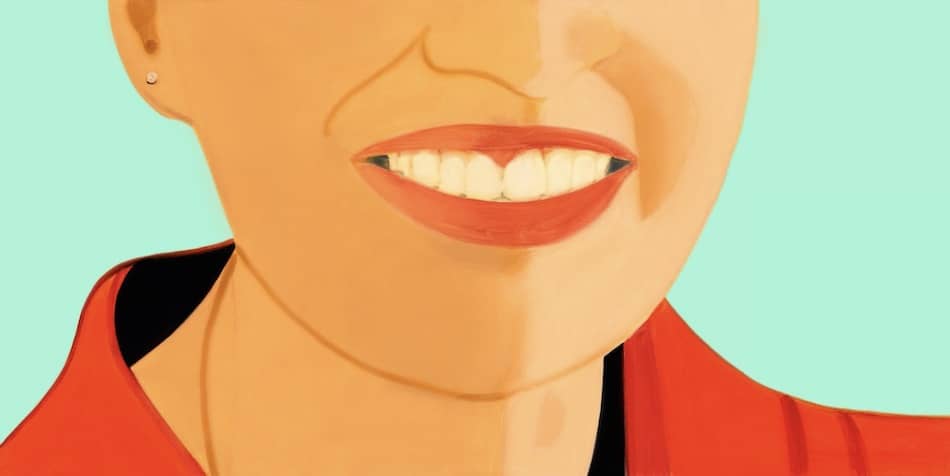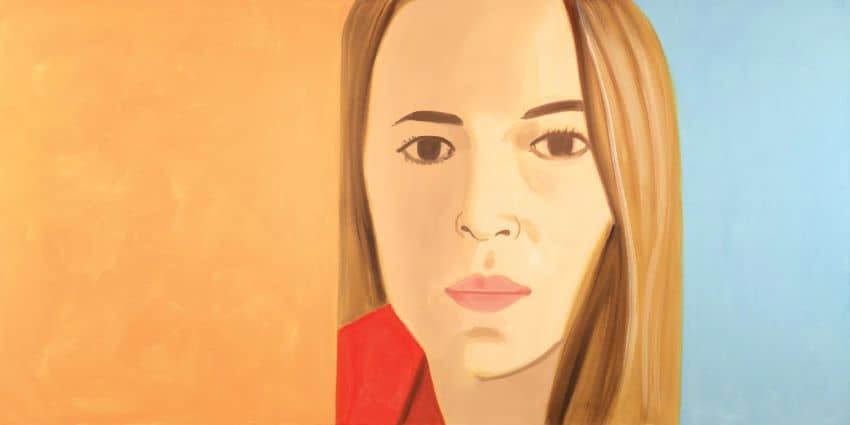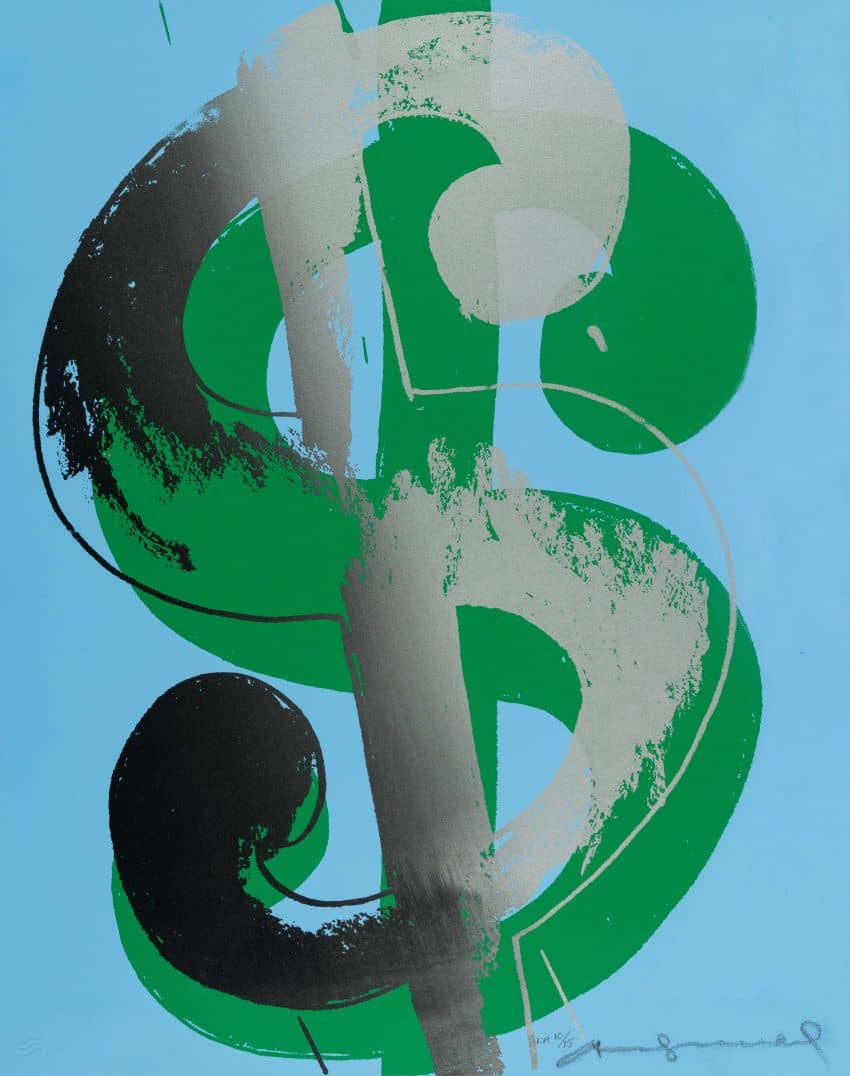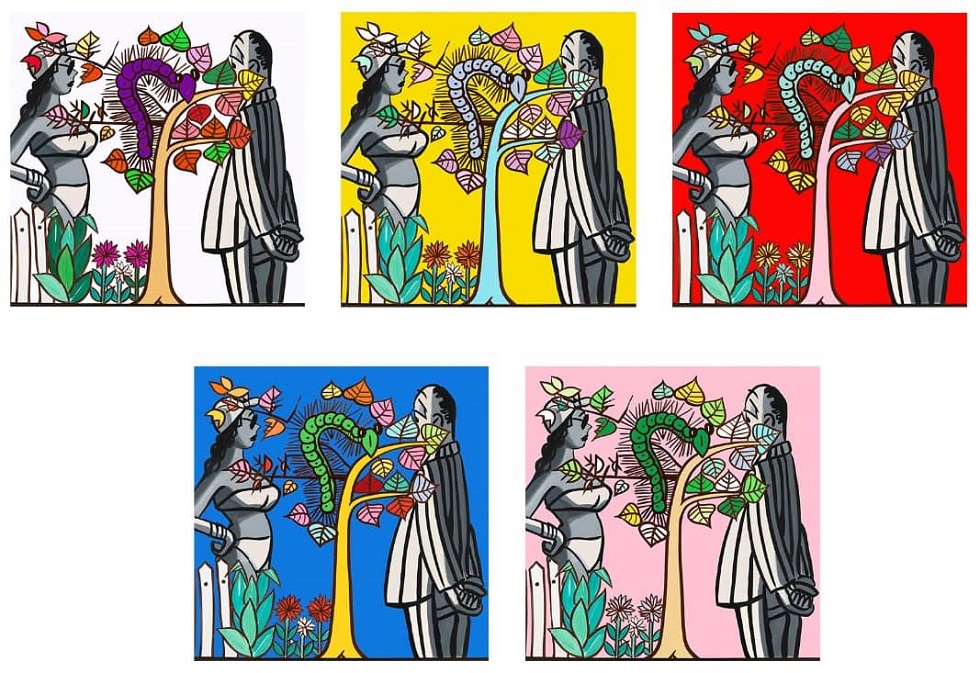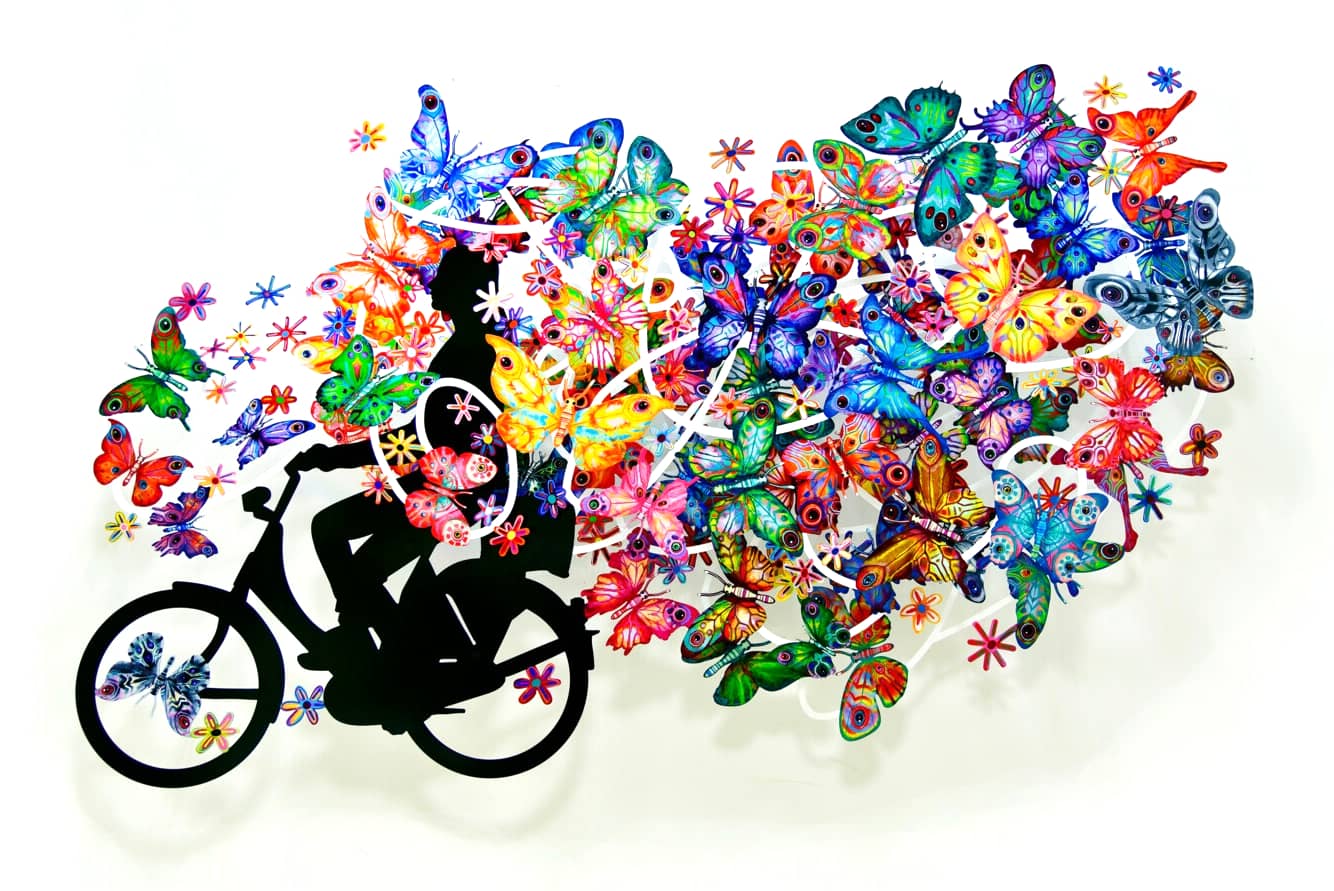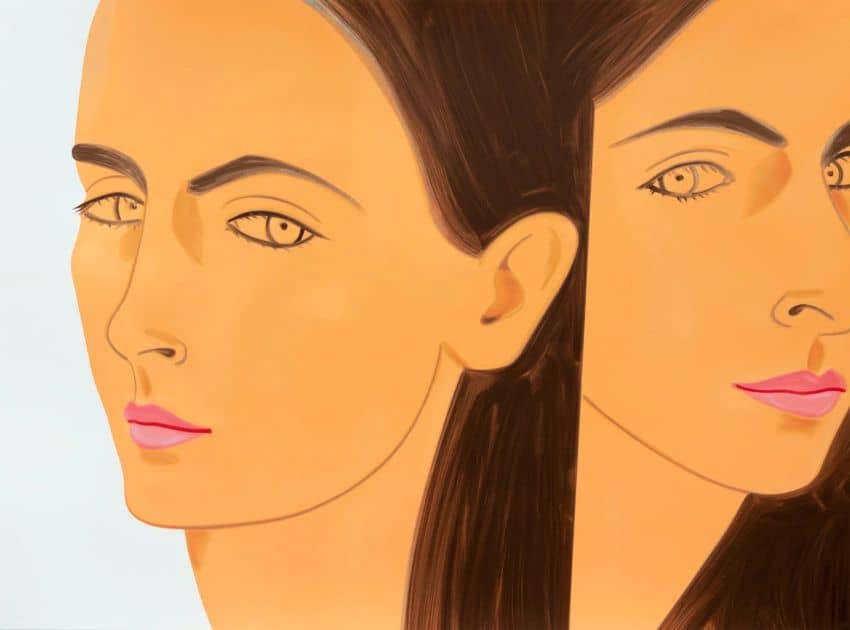
Alex Katz Olivia 2 / Screenprint / signed / edition 50
| Year: | 2025 |
| Format: | 137.2 x 101.6 cm / 54 x 40 inch |
| Material: | Saunders Waterford HP High White 425 gsm paper. |
| Method: | Screenprint. |
| Edition: | 50. |
| Other: | hand-signed, numbered. |
Alex Katz – Olivia 2.

| Year: | 2025 |
| Format: | 137.2 x 101.6 cm / 54 x 40 inch |
| Material: | Saunders Waterford HP High White 425 gsm paper. |
| Method: | Screenprint. |
| Edition: | 50. |
| Other: | hand-signed, numbered. |
Alex Katz - Olivia 2.
Olivia 2 is a screenprint by the US-American artist Alex Katz. It was produced in 2025 in a edition of 50.
Alex Katz stands as one of the most influential figures in postwar American art, a master of pared-down elegance whose portraits have come to define a distinct genre of modern figuration. As an art dealer who has worked closely with collectors, institutions, and curators over the years, I’ve often found that Katz’s portraiture resonates deeply—not just because of its surface allure, but because of its remarkable clarity of vision and timeless aesthetic.
Katz’s portraits are immediately recognizable. Bold, flat planes of color. Crisp outlines. Economical brushwork. Faces and figures that are both specific and anonymous, familiar yet distant. He paints the people around him—his wife and muse Ada, friends, poets, dancers, fellow artists—but his approach elevates them to the level of archetypes. In this way, Katz’s portraits are both intimate and universal.
What sets Katz apart in the genre of portraiture is his refusal to chase emotional depth in the traditional, psychological sense. There is no dramatic chiaroscuro, no tortured expressions, no elaborate backstories hinted at through symbolism or setting. Instead, Katz offers a cool detachment. His sitters often gaze blankly or slightly off-frame, suspended in a moment that feels as much about formal composition as personal identity. And yet, paradoxically, this very distance invites viewers to project themselves into the work. The emotional space is created not by the painting itself, but by how we, as viewers, complete the picture.
Katz emerged in the 1950s and ’60s in defiance of Abstract Expressionism, carving out a figurative style during a time when abstraction dominated the New York art scene. His portraits were seen by some as radical for their return to the figure—not as a vehicle for angst, but as a celebration of presence. His large-scale faces anticipate Pop Art’s fixation on surface and style, yet Katz’s work avoids the irony and consumerist commentary often associated with Warhol or Lichtenstein. Instead, his portraits are genuinely about looking, seeing, and being seen.
A perfect example is his recurring portrayal of Ada Katz, featured in over 200 of his works. Katz doesn’t merely paint Ada; he paints the idea of Ada—iconic, serene, poised. Through her, we see a kind of enduring, meditative beauty. In group portraits, like The Black Dress or The Cocktail Party, Katz captures not just likeness but the energy of social rhythm—how individuals occupy space, how glances pass, how light carves form.
For collectors, Katz’s portraits offer a fascinating duality: they are deeply rooted in art history—drawing from Matisse, Japanese prints, and early modernism—yet they remain fresh, vibrant, and unmistakably contemporary. His work plays beautifully in modern interiors, commanding attention without overwhelming, always maintaining a sense of poise and clarity.
In recent years, there’s been a renewed appreciation for Katz’s work, particularly among a younger generation who see his minimal aesthetic and attention to surface as prescient. Museums and blue-chip galleries alike are revisiting his oeuvre with major retrospectives and publications, confirming what many of us in the art world have known for decades: Alex Katz has redefined portraiture for the contemporary age.
Alex Katz is particularly famous for his figurative paintings: The son of Russian-Jewish immigrants, he was born in New York in 1927. As a pioneer of Pop Art, he always concentrated on the essentials and explored simplified forms and high-contrast color composition early on. His art is diverse, but always has beauty as its central theme. The artist can now look back on more than 200 solo and around 500 group exhibitions; his diverse works are part of over 100 collections worldwide. Alex Katz lives and works in New York and Maine.



Year: 2025
Format: 137.2 x 101.6 cm / 54 x 40 inch
Material:Saunders Waterford HP High White 425 gsm paper.
Method:Screenprint.
Edition:50.
Other:hand-signed, numbered.


